Whitley Hall's Famous History
Whitley Hall is an ivy-clad 16th century mansion located amongst 20 acres of stunning gardens and woodland. Whitley Hall was the successor to an earlier house located on or near the same site and was formerly known as Launder House. The first known recording of the existence of this earlier house was in 1406 when John Cartwright surrendered his right to the property to William Robinson and his heirs.
Around 1530 the property was inherited by Thomas Parker and it is believed that it was Thomas who began the extensive re building of Launder House transforming it from a mere house into the Hall we see today. After Thomas passed his son William acquired Whitley Hall, not Launder House, and seems to have completed the re building. Carved into the stone lintel of one of the new doorways were the words ‘Willm Parker: made this worke 1584’.
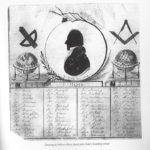

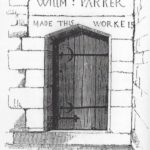
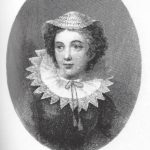

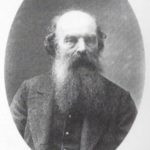
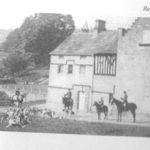
It has also been reported that Mary Queen of Scots spent a night at Whitley Hall in the 1570’s or 1580’s during her period of captivity at Sheffield’s Manor castle. Although there is no written evidence to support this it does add a certain romance to the hall and helps to place it in its period.
On the 9th April 1622 Whitley Hall passed from the Parker family to the Shirecliffe family, the new owner being named as Thomas Shirecliffe. During the time Whitley Hall was in the possession of the Shirecliffe family it was leased to John Rider and the hall was used as a boy’s boarding school. Although the exact dates aren’t known it was believed to have been leased sometime after the death of John Shirecliffe in 1789 and the school was still in operation in 1833.
In 1816 Whitley Hall was bought by William Bingley and seems to have been bought as a family investment and not for immediate occupation. Indeed there is no recorded census of the Bingleys occupying the Hall until between 1850 and 1930. During this time the living quarters were much altered and extended. A new fireplace was built in the morning room, the current lounge area and we imagine this is where the current occupants Henry and Maria Bingley spent a lot of their time. Indeed scratched on one of the window panes in here are their signatures along with the date 1889.
In addition to this a lodge was built at the top of Whitley Hall’s current drive in which the occupant lived rent free in return for opening and closing the gates!
The Hall remained in the Bingley family until the death of Maria Bingley in 1939 and was then left empty after the outbreak of the Second World War. During this time the hall was taken over by the military and was occupied by the officers and their servants whilst the other ranks lived in the stable block.
In 1962 the hall was bought by John I Fearn head of a firm of agricultural engineers based in Chapeltown after being persuaded to do so by his son Trevor. There were initially no clear plans for the hall but after 7 years of renovation work the idea took shape as opening it as a restaurant and wedding venue. The restaurant opened in July 1969 and became a hotel in the late 1970’s with only three lettable bedrooms at the time. Following a legislation change Whitley Hall became the first venue in South Yorkshire to receive a license to hold civil wedding ceremonies and many couples continue to hold both their wedding ceremony and reception against this romantic and historic backdrop.
In 2004 the thriving hotel and restaurant passed from the Fearn family to the current owner David Broadbent. During his time here David Broadbent has extended the hotel to include another twelve bedrooms in the more recently opened contemporary Parker Suite. The hotel continues to provide a luxurious backdrop catering for every occasion and is a delightful retreat from the stresses of everyday life.
Whitley Hall and its predecessor Launder House have stood on the present site for nearly 600 years. They survived through adjusting to change from industrial use, to residential use, to boarding school, to country house once again and now to a hotel and restaurant. In the rapidly changing world of the twenty first century, the modern Whitley Hall continues to represent adaptability to altered circumstances while retaining the best features of the past. Long may it continue!
This information was taken from Whitley Hall – An Illustrated History which was first published by Green Tree Publications in 2002 which was researched, written and illustrated by Joan and Mel Jones.
Copyright © Joan and Mel Jones, 2002
